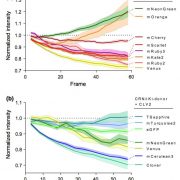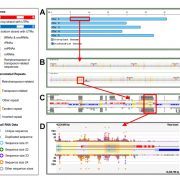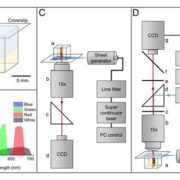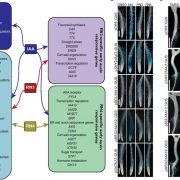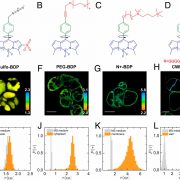Review. Genetically encoded biosensors in plants: Pathways to discovery (Annu. Rev. Plant Biol. $)
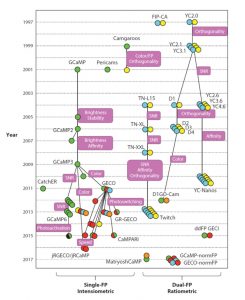 Genetically-encoded biosensors are produced from genes, and provide a specific readout (usually fluorescence or luminescence) of the amount and distribution of a compund of interest (the analyte). We’ve all see data obtained from genetically encoded biosensors, such as the widely-used cameleon family of calcium sensor, but did you ever think about what it takes to develop these essential tools? Walia et al. provide a comprehensive review of the key features that make these tools useful and how they are developed and optimized (including an intriguing “evolutionary history” of biosensors). They also detail the families of analytes that biosensors have been developed towards, including hormones and nutrients, and how they’ve informed our understanding of plant biology. Interestingly, the authors indicate that biosensors developed for use in other organisms usually are functional in plants, lowering the barrier for their application. (Summary by Mary Williams) Annu. Rev. Plant Biol. 10.1146/annurev-arplant-042817-040104
Genetically-encoded biosensors are produced from genes, and provide a specific readout (usually fluorescence or luminescence) of the amount and distribution of a compund of interest (the analyte). We’ve all see data obtained from genetically encoded biosensors, such as the widely-used cameleon family of calcium sensor, but did you ever think about what it takes to develop these essential tools? Walia et al. provide a comprehensive review of the key features that make these tools useful and how they are developed and optimized (including an intriguing “evolutionary history” of biosensors). They also detail the families of analytes that biosensors have been developed towards, including hormones and nutrients, and how they’ve informed our understanding of plant biology. Interestingly, the authors indicate that biosensors developed for use in other organisms usually are functional in plants, lowering the barrier for their application. (Summary by Mary Williams) Annu. Rev. Plant Biol. 10.1146/annurev-arplant-042817-040104


